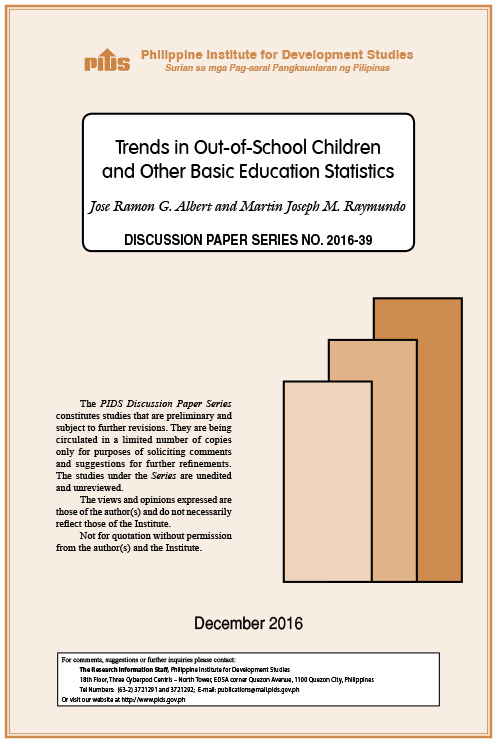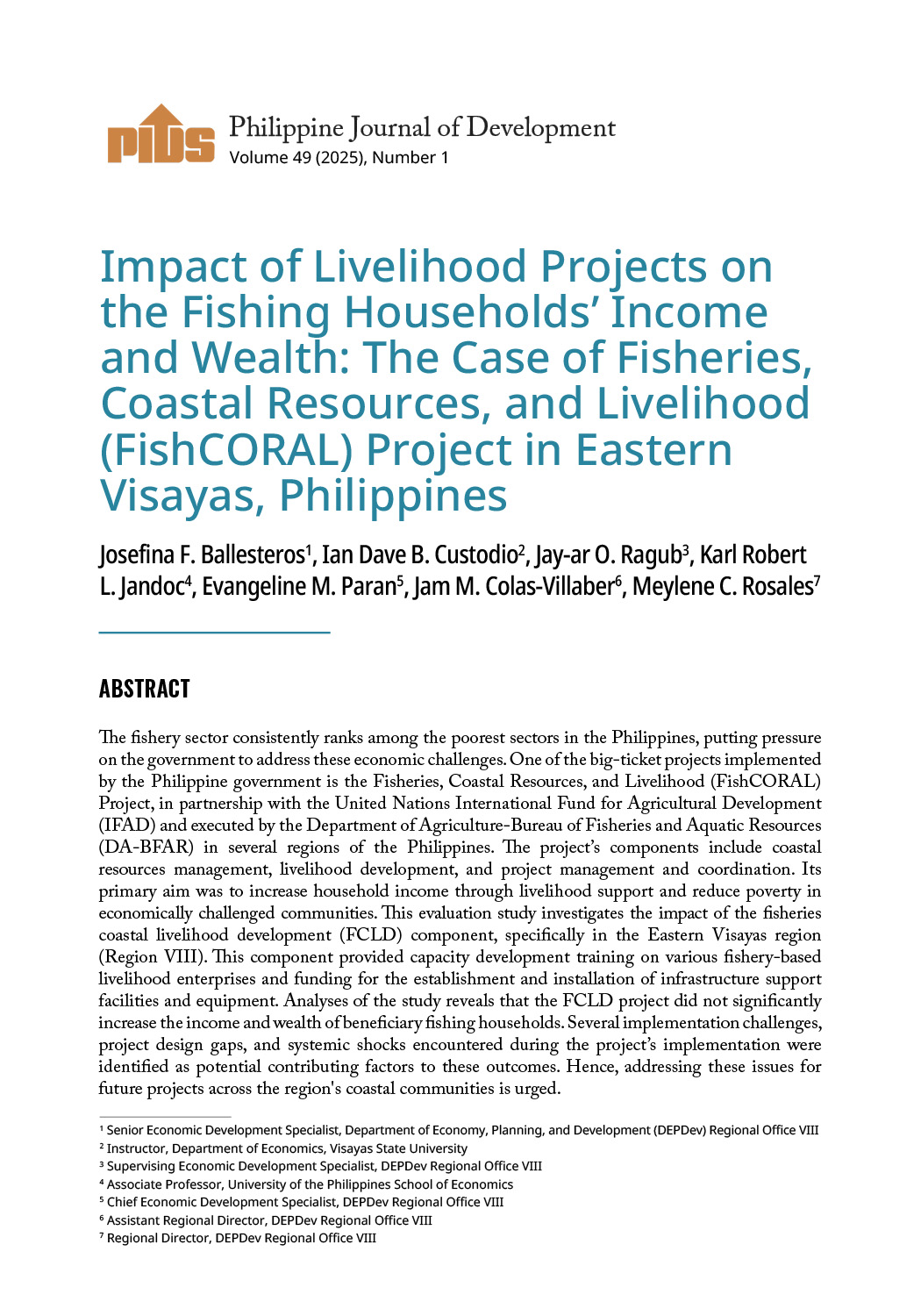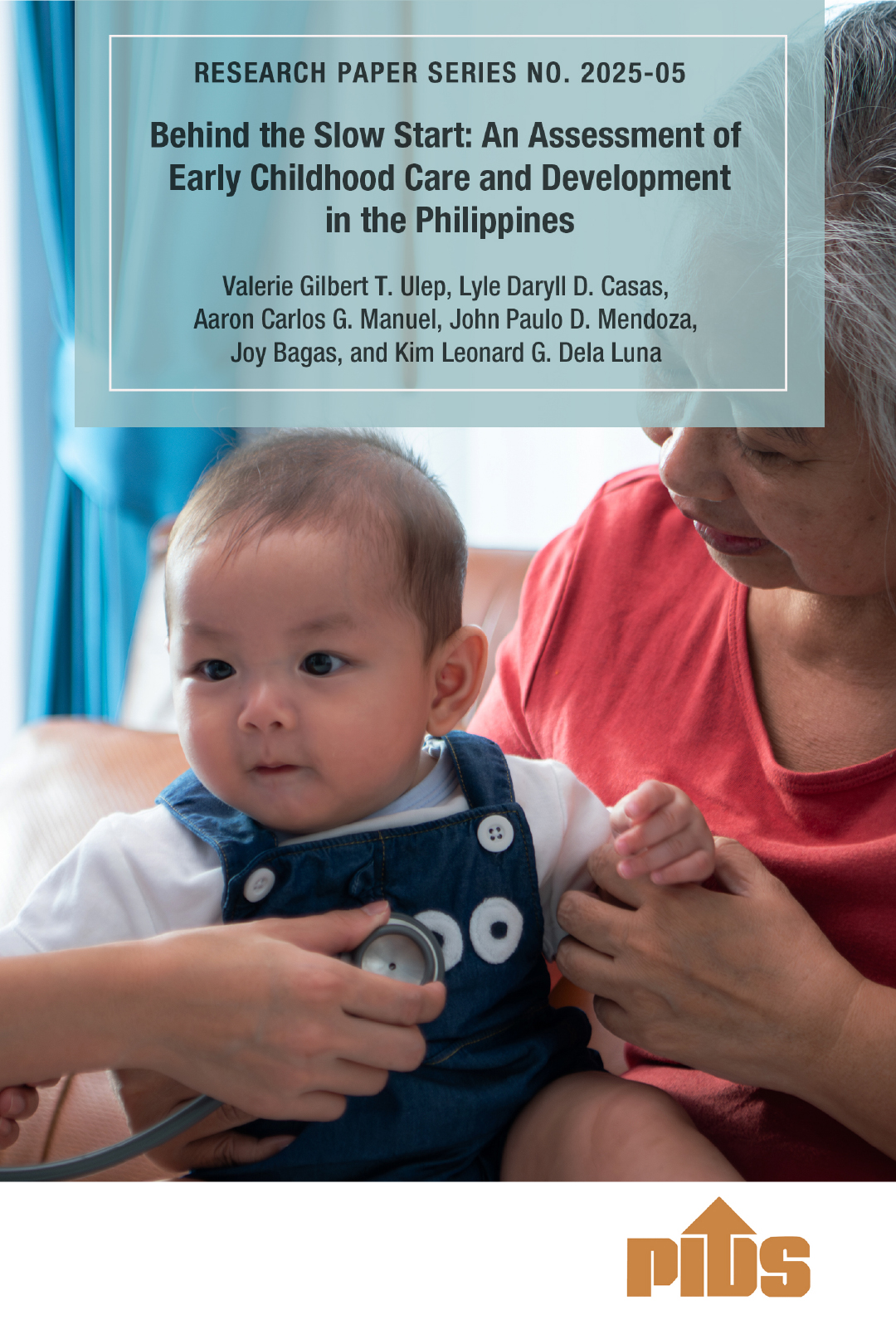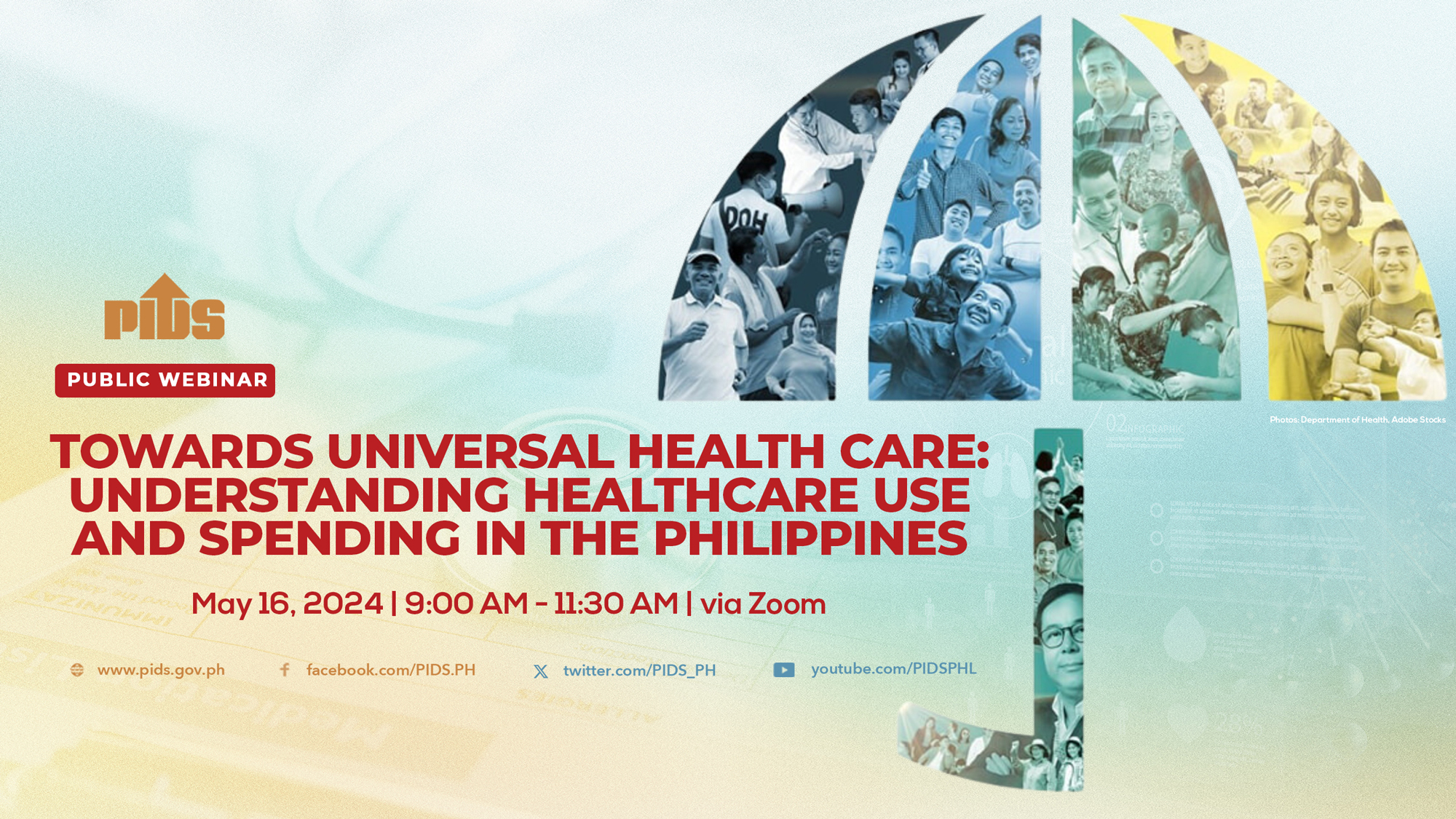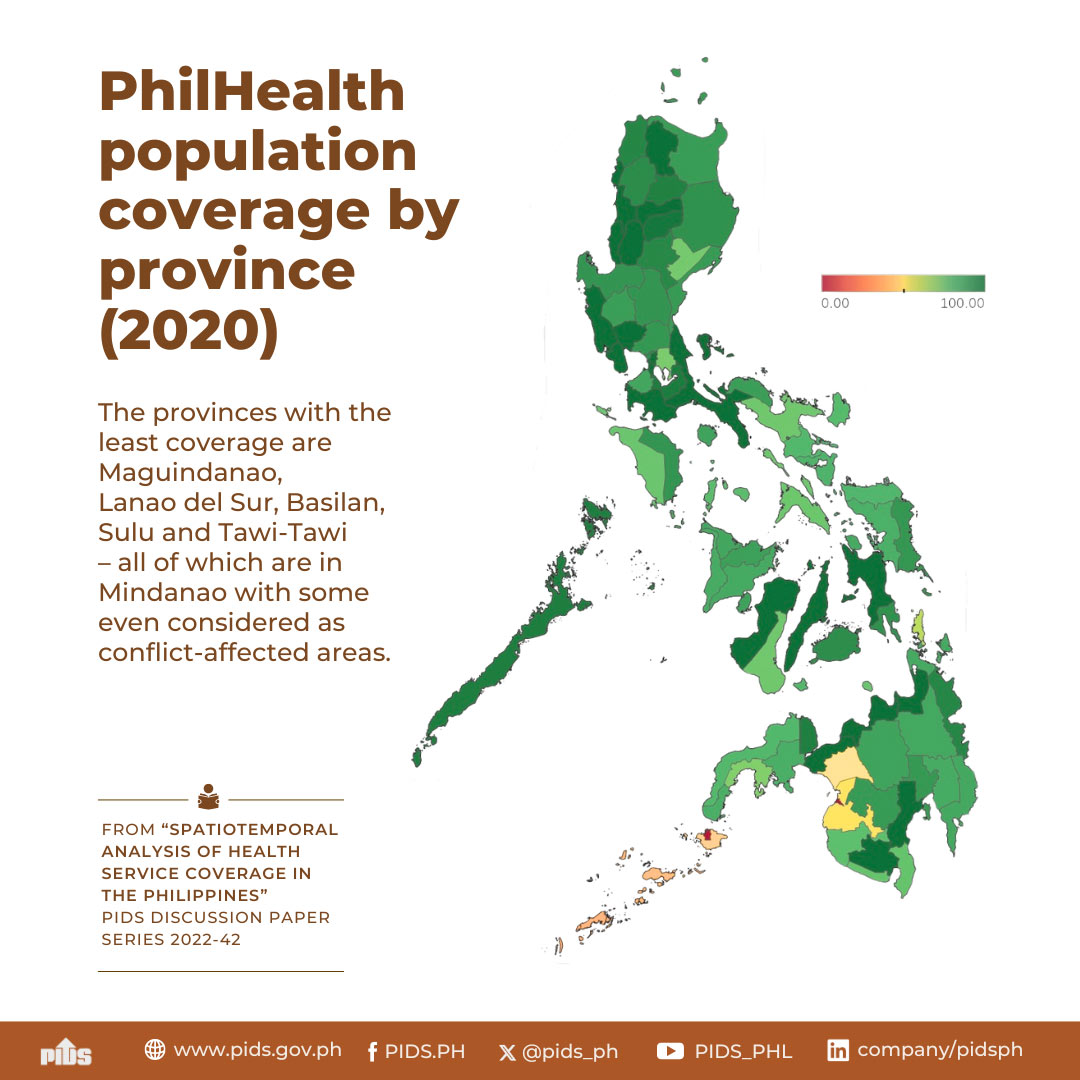The Universal Health Care Program is anchored on three areas: (a) financial risk protection through expansion in enrollment and benefit delivery of the National Health Insurance Program; (2) improved access to quality hospitals and health care facilities; and (3) attainment of health—related Millennium Development Goals. Government will increase spending in PhilHealth premiums from the current P12.4 billion to P34 billion to cover some 10.2 million families. Enrolled population has gone up from 57 million in 2010 to about 80 million this year. Poor families in poor municipalities are now covered by the national government even without the counterpart funding of the premium by the local government unit. A recent forum of the Philippine Institute for Development Studies or PIDS, a government economic think tank, highlighted this progress in the provision of universal health care. The Health Secretary said in that PIDS forum on "Sustainable and Inclusive Health Market Innovations: Challenges and Opportunities for the Philippines”, that universal health care is part of the Aquino administration’s Kalusugan Pangkalahatan initiative. Sec. Ona admitted that because of the uneven enrollment of the "near poor”, only around 70 percent of families are able to access hospitals.

